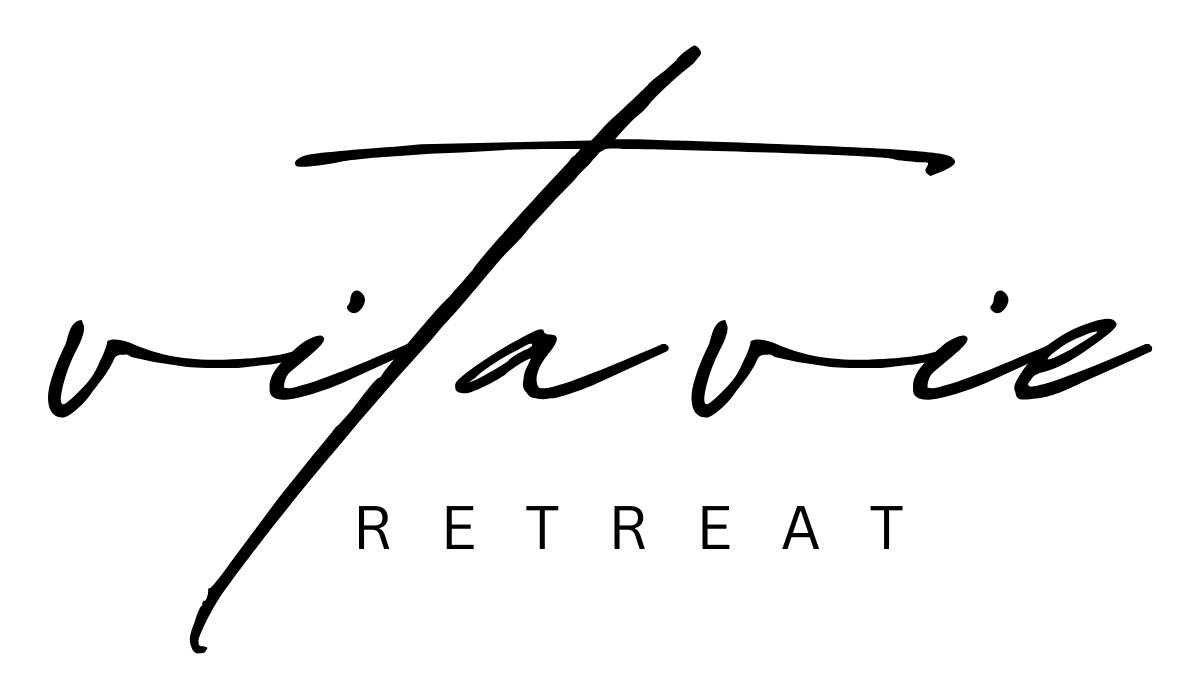Intuitive Eating: Hunger vs Cravings
/Intuitive Eating 101: How To Tell The Difference Between Hunger and Cravings
In a world of calorie counting, quick fixes, and food rules, it’s easy to forget that your body is actually incredibly smart. Intuitive eating is the practice of tuning in—really listening—to your body’s cues so you can eat in a way that supports both health and satisfaction.
Rather than being told what to eat, when to eat, and how much to eat by an app or a rigid meal plan, intuitive eating empowers you to make decisions based on your own internal signals. It’s not just about hunger and fullness; it’s also about energy, mood, cravings, digestion, mental clarity, and overall well-being.
This post focuses on two key (and often confused) signals: hunger and cravings. Understanding the difference between the two can completely transform your relationship with food, your body, and your weight loss journey.
And if you’re ready to take this work deeper, the Weight Loss Mindset: Dream Body Bundle can guide you step by step into a new mindset that promotes balance, results, and real self-trust.
What Is Intuitive Eating, Really?
At its core, intuitive eating is the ability to recognize and respond to your body’s internal cues. It’s a dynamic process of listening, learning, and responding. It includes:
Eating when you’re hungry and stopping when you’re full
Noticing how food affects your energy, mood, digestion, and sleep
Honoring cravings without guilt—but also learning where they come from
Identifying the difference between emotional and physical hunger
Learning what works best for your unique physiology
Intuitive eating isn’t a diet. It’s a skill—and like any skill, it gets stronger with practice.
Hunger vs. Cravings: The Key Distinctions
1. Hunger
Hunger is your body’s physical signal that it needs fuel. It typically comes on gradually and increases over time if ignored. You may notice:
Stomach growling or emptiness
Dip in energy or alertness
Irritability or “hanger”
Lightheadedness or fatigue
A general, non-specific desire to eat
Hunger is typically felt in the gut and can be satisfied with any nourishing food.
2. Cravings
Cravings, on the other hand, are often driven by your mind, emotions, or environment—not necessarily a physical need for food. Cravings tend to:
Come on suddenly
Be very specific (“I want chocolate now”)
Be tied to emotions like stress, boredom, sadness, or anxiety
Be triggered by smells, commercials, routines, or social cues
Be felt in the mouth, not the stomach
Cravings can feel urgent and consuming, but they often pass when addressed with awareness or an alternative action.
How to Tell the Difference: Intuitive Check-In Strategy
If you're not sure whether you’re hungry or just experiencing a craving, here’s a simple practice:
Step 1: Pause & Ask
Did this feeling come on gradually or suddenly?
Do I feel the sensation in my stomach or just my mouth?
Am I emotionally triggered right now (bored, anxious, tired)?
Would I eat a balanced meal (like chicken and vegetables) right now? If not, it may be a craving.
Step 2: Track the Pattern
Journaling is a great tool for noticing your personal hunger and craving cues. Each time you experience either, jot down:
What you felt (physically and emotionally)
What time it happened
What was going on around you
What you had eaten prior
Over time, you’ll begin to see your patterns clearly—which puts you back in control.
Step 3: Choose With Awareness
If it’s hunger—honor it with a nourishing meal or snack.
If it’s a craving—acknowledge it without shame. You might:
Go for a walk
Sip tea or water
Do 2 minutes of breathwork
Or—intentionally have a small portion of what you’re craving and savor it mindfully
Why This Work Matters on Your Weight Loss Journey
So many people try to lose weight by silencing their hunger or ignoring cravings. But over time, this leads to restriction, rebellion, guilt, and emotional eating.
By learning to understand your body’s signals instead of fighting them, you create a sustainable and empowered approach to health. You learn to trust yourself. And when your body feels safe and supported, it will release excess weight naturally.
That’s the magic of combining intuitive eating with a mindset shift—and exactly why the Weight Loss Mindset: Dream Body Bundle is the perfect next step if you’re ready to change your inner narrative and your outer results.
Ready to Strengthen Your Mind-Body Connection?
The Weight Loss Mindset: Dream Body Bundle helps you:
Shift from “I can’t” to “I trust myself”
Rewire self-sabotaging beliefs and habits
Build a mindset that supports lifelong health and confidence
Use daily practices and affirmations to deepen your intuitive connection
👉 Start today and transform from the inside out. [Get the Dream Body Bundle →]
You Already Know. You Just Need to Listen.
Your body has been speaking to you all along. Whether it’s a whisper of hunger or a wave of craving, your job isn’t to control it—it’s to understand it.
As you learn to notice, name, and respond to your signals with compassion and curiosity, everything changes. You make peace with food, rebuild trust in yourself, and create a life—and body—you feel good in.
You’ve got the tools. Now it’s time to use them.
The Weight Loss Mindset Provides:
Structured 3I system to shift your thoughts and beliefs
Meditations to help rewire your brain and shift into a new mindset
Mindful & Intuitive eating tips
Reflection prompts and so much more!
Tap into your body’s wisdom and mindset power with the Dream Body Bundle →






















